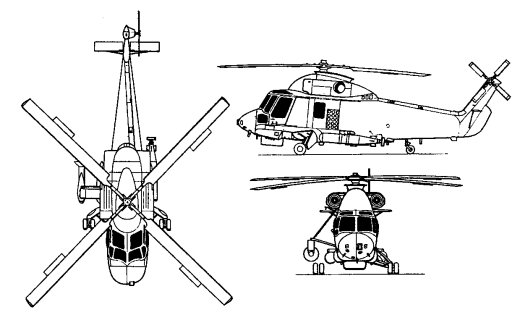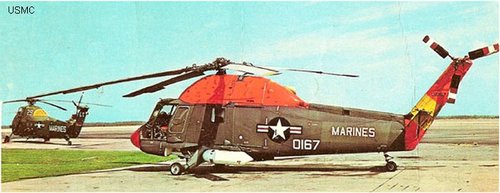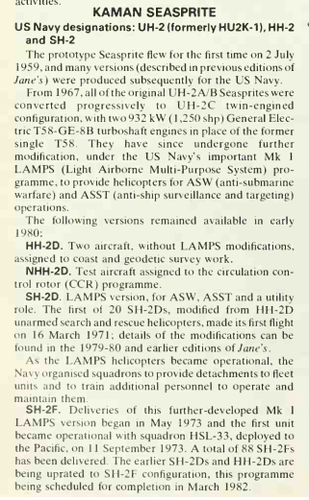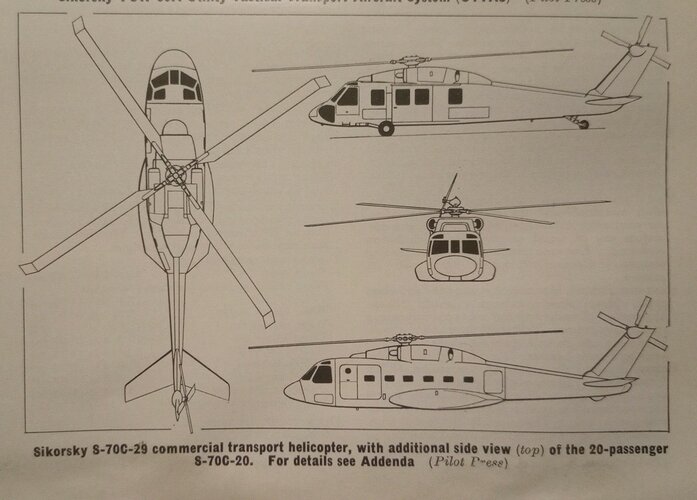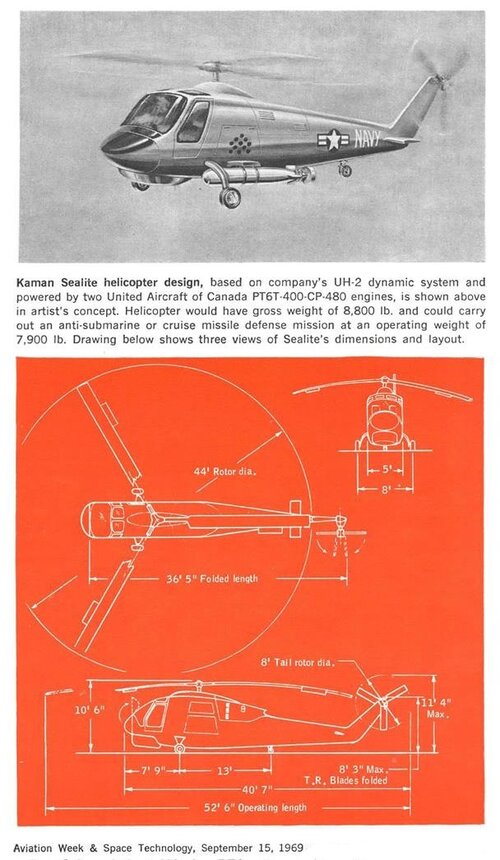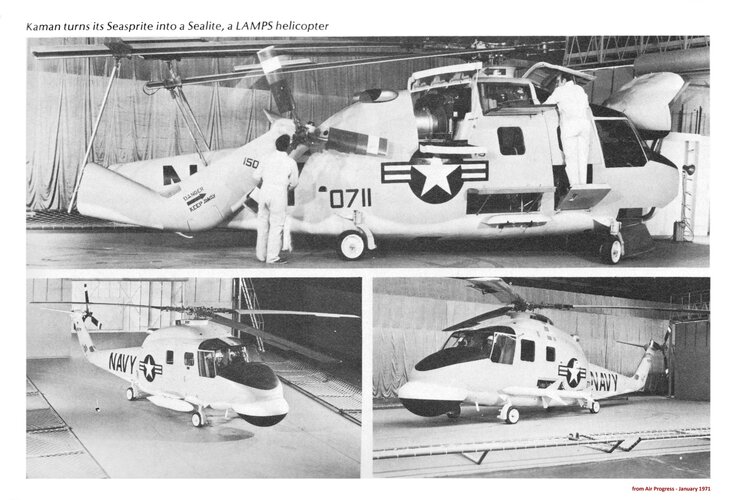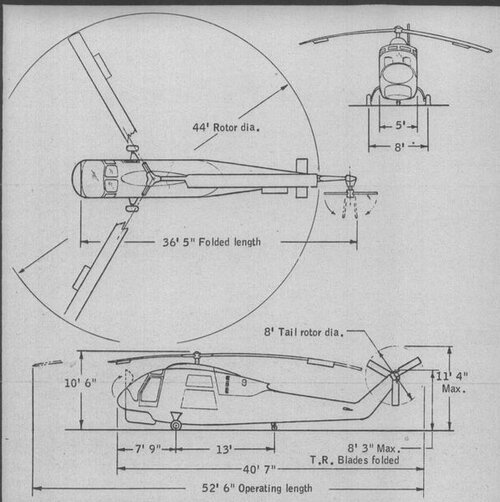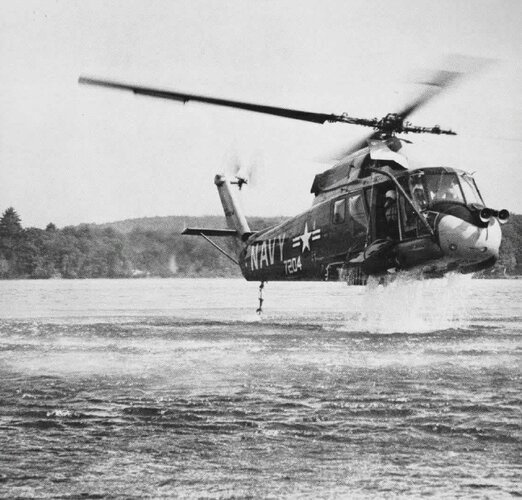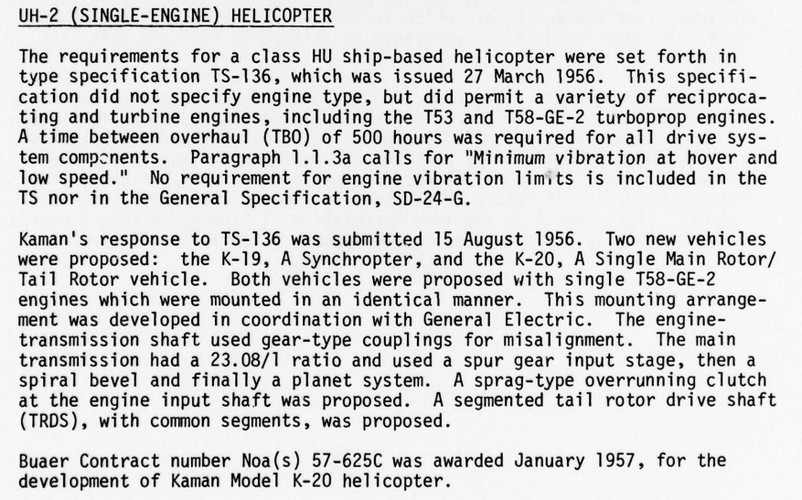- Joined
- 21 May 2006
- Messages
- 3,002
- Reaction score
- 2,281
G'day all
I'm looking for further information on the 1960 Kaman HU2K-1 ASW helicopter program for the Royal Canadian Navy.
"The Treasury Board of the Canadian government gave its approval for the initial procurement of 12 rotorcraft from Kaman at a price of $14.5 million. However, the Canadian purchase was disrupted by multiple factors, including Kaman's decision to abruptly raise the estimated price of the initial batch to $23 million; as the same time, there were concerns amongst officials that the manufacturer's projections of both the weight and performance criteria has been overly optimistic. In response, the Canadian Naval Board decided to hold off on issuing its approval to proceed with the HU2K purchase until after the US Navy had conducted sea trials with the type. During these sea trials, it was revealed that the HU2K was indeed overweight and underpowered; in light of this inferior performance, the HU2K was deemed to be incapable of meeting the Canadian requirements. Accordingly, during late 1961, the competing Sikorsky Sea King was selected to fulfil the intended role instead."
(Source: https://en.m.wikipedia.org/wiki/Kaman_SH-2_Seasprite)
This design/program is relative new to my knowledge, and I'm curious as to what ASW systems was supposed to have been incorporated into the Canadian HU2K?
One can not but wonder how successful/popular this relatively light and compact 'Canadian Kaman HU2K' might have been with other NATO navies - including potentially the USN, had the program gone ahead. Don't get me wrong, I'm the first to praise the iconic Sikorsky Sea King, but let's be honest, the Sea King was a large and heavy design, and needed a substantial helipad and hanger facilities aboard a ship........
I wonder if anyone is aware whether there was a mockup or prototype?
Anyone got any drawings/artist impressions?
[Please note, this 'Canadian HU2K ASW program' wasn't the later Kaman SH-2D Seasprite LAMPS design!]
Regards
Pioneer
I'm looking for further information on the 1960 Kaman HU2K-1 ASW helicopter program for the Royal Canadian Navy.
"The Treasury Board of the Canadian government gave its approval for the initial procurement of 12 rotorcraft from Kaman at a price of $14.5 million. However, the Canadian purchase was disrupted by multiple factors, including Kaman's decision to abruptly raise the estimated price of the initial batch to $23 million; as the same time, there were concerns amongst officials that the manufacturer's projections of both the weight and performance criteria has been overly optimistic. In response, the Canadian Naval Board decided to hold off on issuing its approval to proceed with the HU2K purchase until after the US Navy had conducted sea trials with the type. During these sea trials, it was revealed that the HU2K was indeed overweight and underpowered; in light of this inferior performance, the HU2K was deemed to be incapable of meeting the Canadian requirements. Accordingly, during late 1961, the competing Sikorsky Sea King was selected to fulfil the intended role instead."
(Source: https://en.m.wikipedia.org/wiki/Kaman_SH-2_Seasprite)
This design/program is relative new to my knowledge, and I'm curious as to what ASW systems was supposed to have been incorporated into the Canadian HU2K?
One can not but wonder how successful/popular this relatively light and compact 'Canadian Kaman HU2K' might have been with other NATO navies - including potentially the USN, had the program gone ahead. Don't get me wrong, I'm the first to praise the iconic Sikorsky Sea King, but let's be honest, the Sea King was a large and heavy design, and needed a substantial helipad and hanger facilities aboard a ship........
I wonder if anyone is aware whether there was a mockup or prototype?
Anyone got any drawings/artist impressions?
[Please note, this 'Canadian HU2K ASW program' wasn't the later Kaman SH-2D Seasprite LAMPS design!]
Regards
Pioneer
Last edited:


